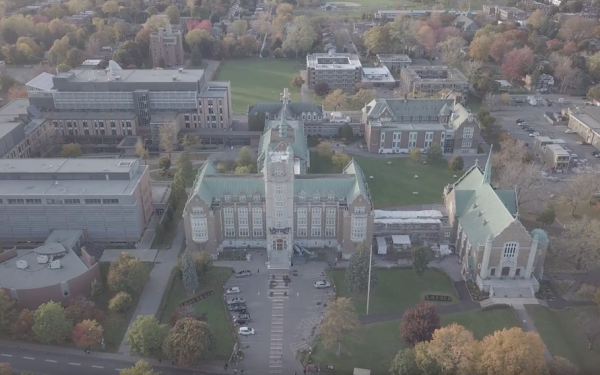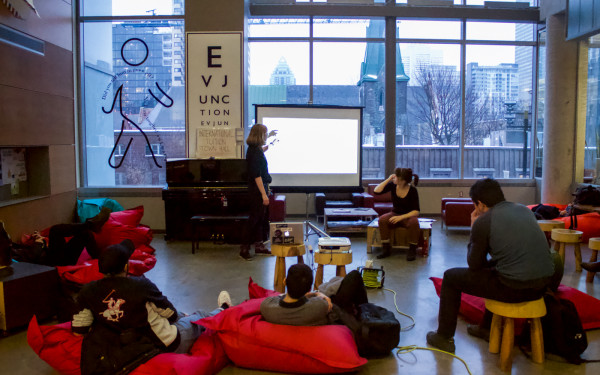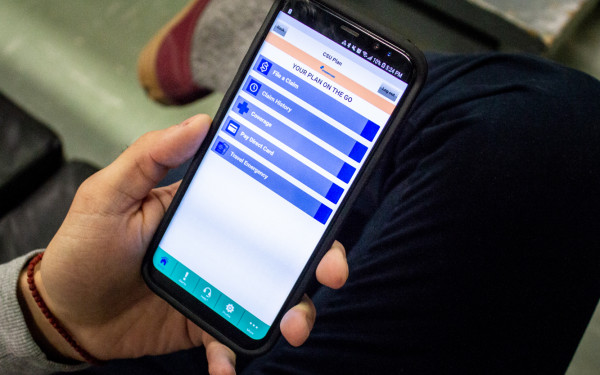Don’t @ Me: Application Fees Shouldn’t Exist
University is Expensive Enough—We Shouldn’t have to Pay When We Get Rejected Too
It’s because I’ve only ever applied to programs that I was at least 98 per cent sure I’d get into. Application fees played a major role in my strategy, and maybe that’s why they exist, but when they only deter people who cannot afford to sacrifice $100 for a rejection letter, they are not efficient—they are elitist.
Half of Canadians aged between 18 and 24 already have student loans, so why would they risk becoming more in debt if they doubt their ability to get into their program of choice? You might think application fees only discourage students who wouldn’t get in anyway, but that’s not necessarily true.
If application fees were meant to filter out the weakest students, everyone would get accepted into their first program of choice. Of course, this isn’t the case, as students who can afford to apply to any program they want are not phased by the cost in the slightest, making these fees classist.
On the other hand, academic imposter syndrome—feelings of academic inferiority despite academic success—is more common than we might expect. This psychological phenomenon affects about 20 per cent of university students, according to recent studies. Students who struggle with imposter syndrome might feel like they would be wasting $100 if they applied to their program of choice thinking they wouldn’t get in—even if they had the grades or a hefty portfolio to show for it.
Applying to add the creative writing minor at Concordia is free, but applying to transfer into the creative writing major isn’t. Thinking I wouldn’t get into the major and not wanting to lose $100, I applied to the minor instead—only to be offered a spot in the major program. This made me think about all the other students who opted against applying to their dream programs in fear of losing their money.
Many users on online forums claim that application fees exist because people who can’t afford them won’t be able to afford their tuition anyway; however, people who have scholarships or bursaries still have to pay to apply.
In fact, these fees don’t exist everywhere. In Europe, many universities don’t have them—even international students don’t have to pay to have their applications read. Many do not have any tuition fees either. For example, public universities in Germany, Norway and Iceland are completely free regardless of the applicant’s nationality. These countries instead have a very low registration fee, which is only paid by students who accept their offer of admission.
Of course, I believe tuition should be free because education is a right; but this may be a lot to ask amidst the rise in tuition fees we see every year in Quebec. This is why I’m starting by first asking for the abolishment of application fees.
Concordia administration may be surprised to learn that not every Canadian university charges application fees. Quest University in British Columbia is just one example. Aside from charging application fees to non-US international students, it is completely free to apply.
Granted, this university is very small and relatively new, which may be why they can afford to not charge applicants. Nonetheless, I think that large universities receiving public funding in addition to charging students an arm and a leg are likely also able to cover administrative costs.
Students have been wondering for decades where their tuition money goes and why fees keep increasing. Just open The Link’s search bar and use various combinations of terms such as “tuition increase” or “why is tuition so expensive.” The latter gets 16 results and simply “tuition fees” gets 235 hits, the oldest article dating from Aug. 31, 2010.
If our overpriced tuition fees cannot cover administrative costs, what do they cover besides the salary of professors? Most services Concordia offers are funded by the CSU anyway. I don’t think Concordia would suffer from the abolishment of application fees as much as students suffer from their existence.
This article originally appeared in Volume 43, Issue 1, published August 30, 2022.


_600_832_s.png)




